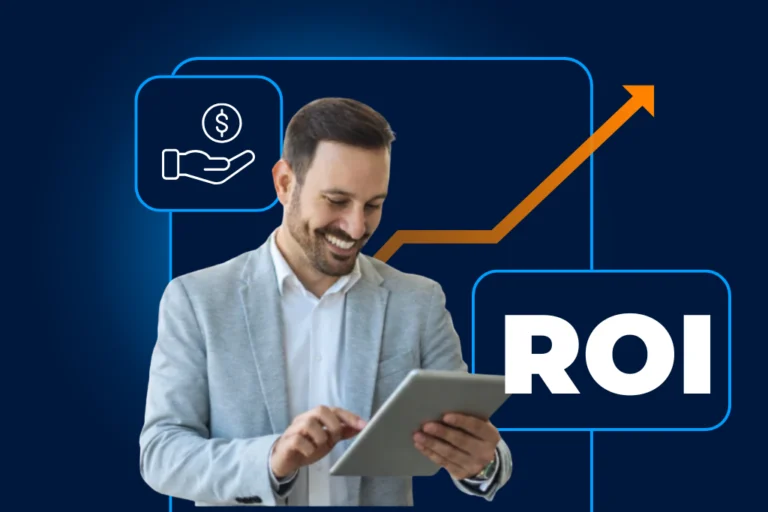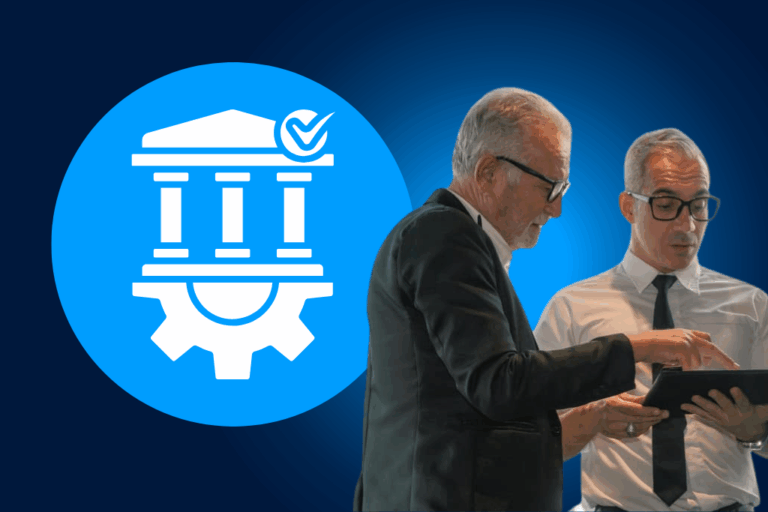Effective meeting facilitation boosts collaboration and productivity through clear preparation. Such as defining objectives, sharing the agenda in advance, and involving the right people. These strategies help teams run efficient meetings and achieve better results.
Across most companies, meetings consume a significant portion of professional time. Yet, many organizations struggle with unproductive sessions that fail to achieve their intended purpose. Effective meeting facilitation transforms these gatherings from time-consuming obligations into productive collaborations that drive business forward. This comprehensive guide explores the fundamentals of meeting facilitation, offering practical strategies to enhance your facilitation skills and create meetings that deliver tangible results.
Understanding Meeting Facilitation
Meeting facilitation is the process of guiding a group through a structured discussion to achieve specific objectives. Unlike standard meeting leadership, facilitation focuses on the process rather than the content, ensuring all participants contribute effectively.
A skilled facilitator remains neutral while managing group dynamics, encouraging participation, and keeping discussions aligned with the meeting’s purpose. The facilitator’s primary responsibility is to create an environment where teams work together efficiently to reach their goals.
Effective facilitation offers numerous benefits:
The role differs from chairing a meeting, as facilitators concentrate on the process while remaining impartial about the content being discussed. This neutrality allows them to guide the group toward consensus without imposing their own agenda.
Preparing for a Successful Meeting
Thorough preparation forms the foundation of effective meeting facilitation. This preparation phase includes several critical elements.
Defining Clear Objectives
Every meeting requires a specific purpose. Determine what you need to accomplish and communicate these objectives to participants beforehand. Ask yourself: What decisions must be made? What information needs sharing? What problems require solutions?
Creating a Structured Agenda
Develop a detailed agenda that outlines topics, time allocations, and expected outcomes. An effective meeting agenda serves as a roadmap, keeping discussions focused and participants engaged. Share this agenda in advance to allow participants to prepare.
Selecting Appropriate Participants
Identify who needs to attend based on the meeting’s purpose. Include decision-makers and those with relevant expertise while avoiding unnecessary attendees who might not contribute to the specific objectives.
Preparing the Environment
Whether virtual or in-person, ensure the meeting space supports productive discussion. Test technology, arrange seating to facilitate interaction, and provide necessary materials. The environment significantly impacts participation and engagement.
Establishing Ground Rules
Define expectations for participation, including guidelines for speaking, listening, and decision-making. These rules create a framework for respectful and productive interaction.
Additionally, consider the timing of your meeting. Schedule sessions when participants are likely to be most alert and engaged, and respect time boundaries by starting and ending promptly.
Facilitating the Meeting
During the meeting, the facilitator guides the process while maintaining neutrality on content. This phase requires active management of group dynamics and discussion flow.
Opening Effectively
Begin by welcoming participants, reviewing the agenda, and establishing ground rules. A strong opening sets the tone for the entire meeting and clarifies expectations.
Managing Group Dynamics
Pay attention to participation patterns, ensuring all voices are heard. Address dominating personalities tactfully while encouraging quieter participants to contribute.
Techniques include:
Guiding the Discussion
Keep conversations focused on agenda items using facilitation techniques such as:
Facilitating Decision-Making
When decisions are required, clearly articulate the process. Whether using consensus, majority vote, or another method, ensure all participants understand how conclusions will be reached.
Managing Conflict
Address disagreements constructively by:
Active listening remains essential throughout facilitation. Demonstrate attentiveness through eye contact, paraphrasing, and asking clarifying questions. This validates participants’ contributions while ensuring accurate understanding.
Post-Meeting Follow-Up
The facilitation process extends beyond the meeting itself. Effective follow-up transforms discussions into action and builds accountability.
Follow-up communications should be concise and action-oriented, focusing on next steps rather than rehashing discussions. This reinforces the meeting’s purpose and maintains momentum.
Enhancing Facilitation Skills
Facilitation is both an art and a science that improves with practice and intentional development. Consider these approaches to strengthen your facilitation capabilities.
Training and Education
Formal facilitation training provides structured learning opportunities. Many organizations offer certification programs focusing on specific facilitation methodologies.
Expanding Your Toolkit
Develop a diverse repertoire of facilitation techniques for different situations.
These might include:
Practicing Regularly
Seek opportunities to facilitate different types of meetings. Start with lower-stakes situations and gradually take on more complex facilitation challenges.
Soliciting Feedback
Ask participants for specific feedback on your facilitation. What helped them participate? What hindered their engagement? Use this input to refine your approach.
Observing Expert Facilitators
Watch skilled facilitators in action, noting their techniques for managing group dynamics and guiding productive discussions.
Digital facilitation tools also enhance meeting effectiveness. Platforms for collaborative document editing, virtual whiteboards, polling, and project management integrate seamlessly with meeting processes, supporting both in-person and remote participation.
Transform Your Meetings, Transform Your Organization
Effective meeting facilitation transforms organizational culture by demonstrating respect for participants’ time and contributions. When meetings consistently achieve their objectives while engaging all participants, they become valuable business tools rather than dreaded obligations.
By mastering the principles and techniques of facilitation, you create an environment where teams develop innovative solutions, make sound decisions, and build stronger working relationships. This investment in facilitation skills yields significant returns through enhanced productivity, improved collaboration, and better business outcomes.
To begin improving your meeting facilitation immediately:
For organizations seeking to transform their meeting culture, consider implementing governance solutions that support structured collaboration and decision-making processes. These tools provide frameworks for consistent, effective meetings across the organization.
Mastering meeting facilitation is not merely about running better meetings – it’s about creating the conditions for organizational success through purposeful, productive collaboration. Would you like support at this stage of your digital transformation project? Our experts are here to guide you. Learn more

